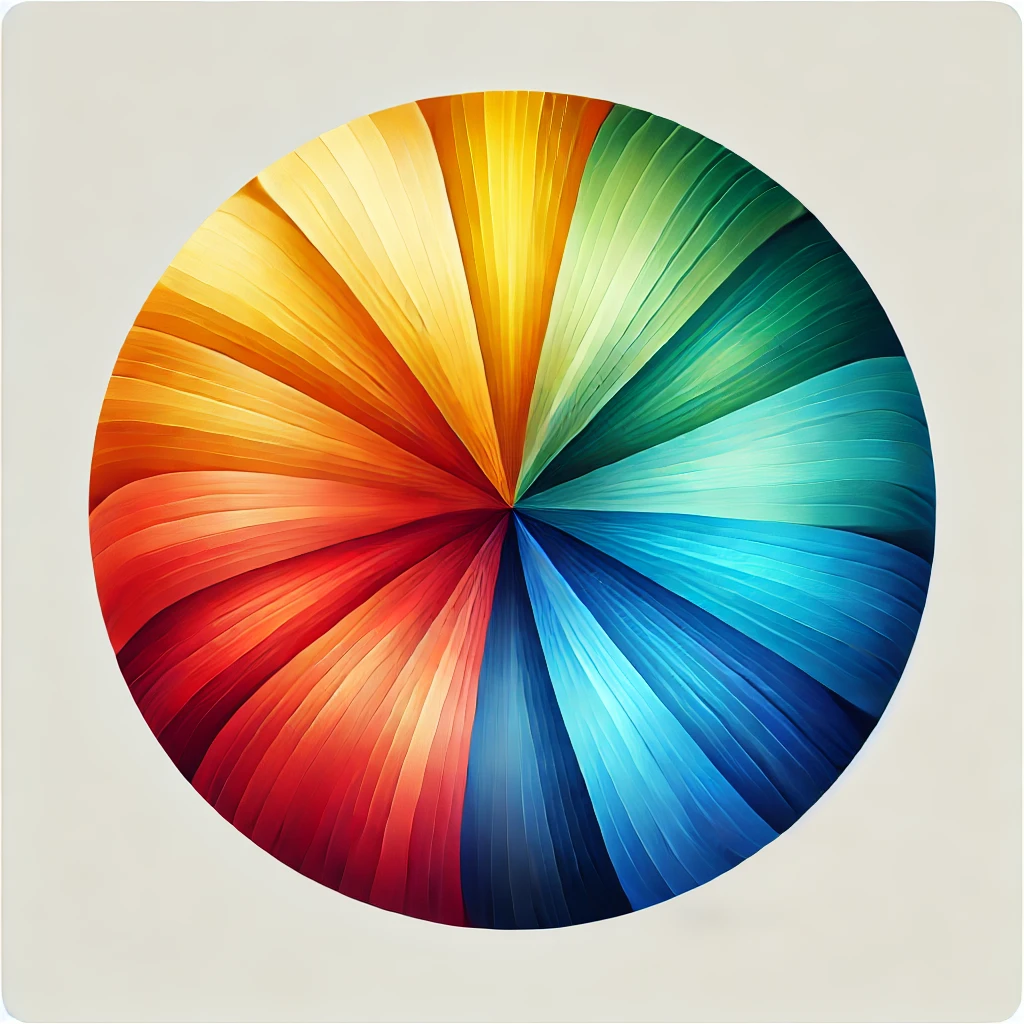الألوان المتشابهة
التعريف والنظرة العامة
تتواجد الألوان المتشابهة جنبًا إلى جنب على عجلة الألوان، وتتقاسم لونًا مشتركًا. يخلق هذا التناغم صورًا مبهجة وإحساسًا بالوحدة في التصميم.
السياق التاريخي للأصل
تم تعريف الألوان المتشابهة لأول مرة في نظرية الألوان من قبل الفنانين والعلماء في القرن الثامن عشر، وتم استخدام الألوان المتشابهة في العديد من الحركات الفنية، مع التركيز على الانسجام والوحدة.
الخصائص أو الميزات الرئيسية
-
- الألوان مجاورة لعجلة الألوان.
-
- إنشاء لوحة ألوان متناغمة ومتماسكة.
-
- تُستخدم غالبًا لاستحضار حالات مزاجية أو مشاعر محددة.
أمثلة بارزة للأرقام
فنانين مثل كلود مونيه غالبًا ما يستخدمون الألوان المتماثلة في مناظرهم الطبيعية، مما يخلق العمق والمزاج من خلال الاختلافات الدقيقة.
حقيقة أو حكاية مثيرة للاهتمام
هل تعلم أن الطبيعة تستخدم الألوان المتشابهة في كثير من الأحيان؟ فكر في الألوان في غروب الشمس، حيث تمتزج الألوان الأحمر والبرتقالي والأصفر بسلاسة.
اقتراحات للرسوم التوضيحية أو الصور المرئية
فكر في تضمين عجلة ألوان تسلط الضوء على الألوان المتشابهة أو لوحة تستخدم هذه الألوان بشكل فعال.
الأهمية أو التطبيق الحديث
في الفن والتصميم المعاصرين، تُستخدم الألوان المتشابهة عادةً في العلامات التجارية والإعلانات لنقل المشاعر وإنشاء صور مرئية لا تُنسى.
المصطلحات أو المفاهيم ذات الصلة
تتضمن المصطلحات ذات الصلة "الألوان التكميلية" والألوان المعاكسة على عجلة الألوان ويمكنها إنشاء تباينات ديناميكية.
اقتباسات أو شهادات
قال الفنان فينسنت فان جوخ: "اللون هو لوحة المفاتيح، والعينان هي التناغمات، والروح هي البيانو ذو الأوتار المتعددة"، مؤكداً على القوة العاطفية لمجموعات الألوان.
عنصر تفاعلي أو موجه
ما هي مجموعات الألوان المفضلة لديك؟ حاول إنشاء قطعة فنية باستخدام الألوان المتشابهة فقط!
تحقق من أدوبي الموارد المتعلقة بتناغم الألوان
يمثل هذا الشكل المرئي عجلة ألوان مماثلة حيث تمتزج الألوان المجاورة بسلاسة مع بعضها البعض.

